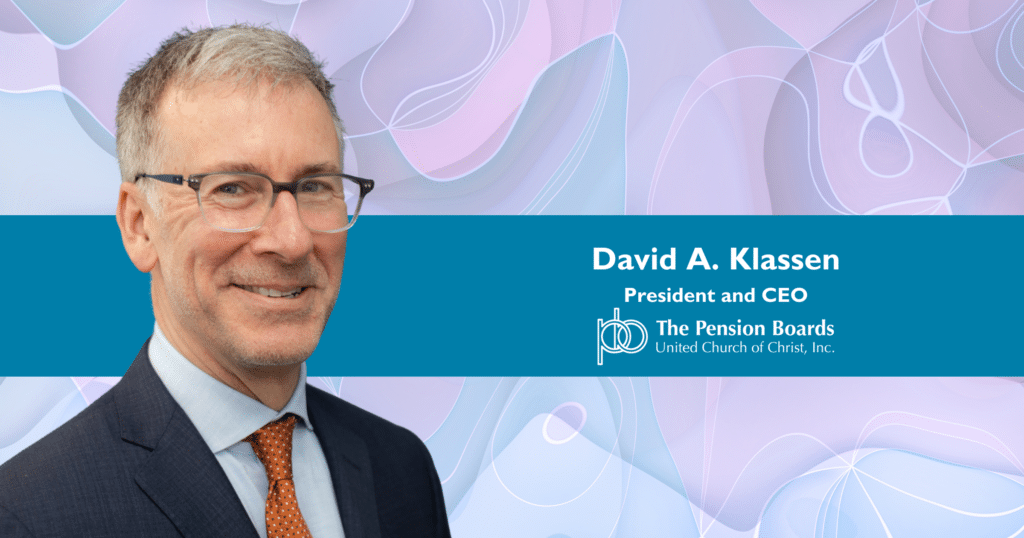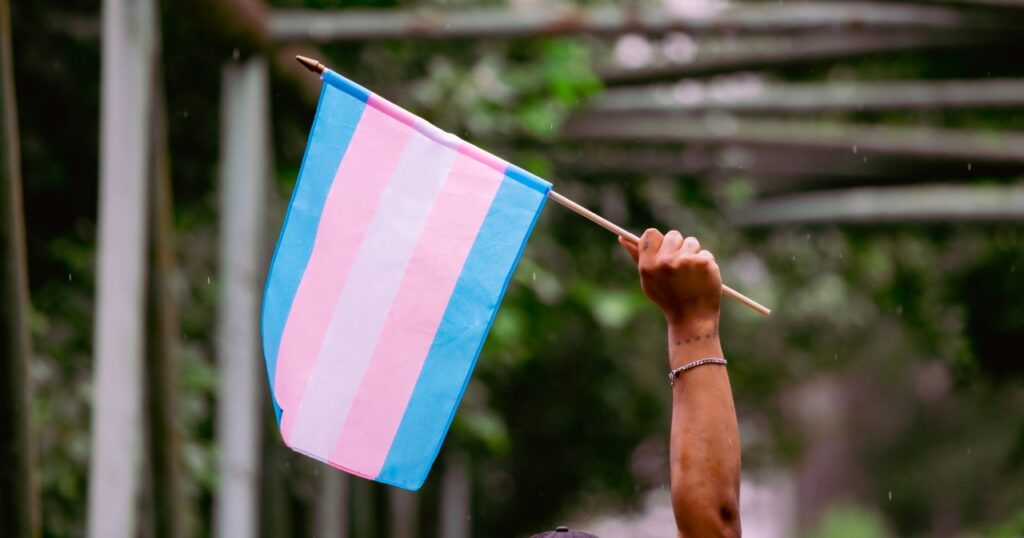Global Ministries delegation experiences the symbol of ‘injustice’ in Middle East
 Within the heart of the West Bank are tons of concrete poured as high as 27 feet. This wall of concrete forms the separation barrier between Jewish people and Palestinian people, between the state of Israel and the West Bank. The wall divides the land, but its restrictions on Palestinians go far beyond that, as 13 representatives from Global Ministries learned when they toured the area themselves.
Within the heart of the West Bank are tons of concrete poured as high as 27 feet. This wall of concrete forms the separation barrier between Jewish people and Palestinian people, between the state of Israel and the West Bank. The wall divides the land, but its restrictions on Palestinians go far beyond that, as 13 representatives from Global Ministries learned when they toured the area themselves.
The Global Ministries delegation—a group of executives, leaders and program staff from the United Church of Christ and the Christian Church (Disciples of Christ)—stood face-to-face with the wall on the road to Jerusalem from Bethlehem. The group was in the Middle East for two weeks to visit with partners and, during the trip, experienced in person the reality of the Israeli occupation of Palestine.
“It is a wall that separates God’s people from God’s people,” Pat Donahoo, executive for Disciples Women with the Disciples of Christ. “We took some pictures of the wall where the Palestinians had tried to make it a wall with a new purpose. There was artwork, social commentary, nonviolent resistance, pleas for change.”
One social commentary reads, “Mr. Netanyahu, tear down this wall,” a plea to the current Israeli prime minister, which also echoes a 2005 resolution of General Synod of the UCC, also calling on bringing down the wall.
“There were beautiful designs and scriptures, but the message [I got was that] we have too many walls and not enough bridges,” Donahoo said.
 Construction of the wall, or the security fence as it is called by the Israeli government, began in 2002 and is 60 percent complete. The planned route is 700 kilometers long (606 miles). Weekly protests, lawsuits that advocate against it and the cost of construction—an estimated $1 million per kilometer—have delayed its completion. The barrier encroaches on Palestinian territory, with 85 percent of barrier’s planned route running through the West Bank.
Construction of the wall, or the security fence as it is called by the Israeli government, began in 2002 and is 60 percent complete. The planned route is 700 kilometers long (606 miles). Weekly protests, lawsuits that advocate against it and the cost of construction—an estimated $1 million per kilometer—have delayed its completion. The barrier encroaches on Palestinian territory, with 85 percent of barrier’s planned route running through the West Bank.
“It’s a wall where there is a high-density of Palestinians,” said Peter Makari, Global Ministries area executive for the Middle East and Europe. “Most of it, about 93 percent is a fenced area, but it functions as a wall because of the restrictions and limits it imposes.”
Oded Diner, director of international relations for B’Tselem, an Israeli human rights organization and watchdog of the Israeli government, says that the occupation uses policies and procedures that clearly constitute human rights violations, and that the separation barrier is one of the most visible ways those violations take place.
“Not only do they take land [in building the barrier], the way they are located makes it impossible for many Palestinians to run their daily lives, whether you are a farmer or small manufacturer,” Diner said. “If you are Palestinian living in the West Bank and have to drive 10 miles to a nearby town, you might have to travel 60 miles because of the checkpoints, roadblocks and sometimes roads that Palestinians are forbidden from driving on.”
B’Tselem acknowledges that the Israeli state has a right to protect itself, but Diner believes that the barrier is a most extreme measure. The barrier’s restrictions on movement limit Palestinian villagers’ access to hospitals in nearby towns, and negatively impacts the educational system because many schools, primarily village schools, rely on teachers who live outside the neighborhood and must commute around the barrier and checkpoints.
“Prior to 1989, when B’Tselem was founded, what the Israeli public saw and heard on the news is that our soldiers are being attacked, but they didn’t get a perspective of what the problem was,” Diner said. “The whole human rights issue wasn’t transmitted or available to the public.”
 B’Tselem’s accounts of human rights violations have reached the front pages of major newspapers and the highlights of news broadcasts around the world, including in Israel, exposing the occupation to the Israeli public.
B’Tselem’s accounts of human rights violations have reached the front pages of major newspapers and the highlights of news broadcasts around the world, including in Israel, exposing the occupation to the Israeli public.
The separation barrier serves another purpose, protecting Jewish settlements, communities of Jewish citizens located in the West Bank on Palestinian lands. A vast majority of the settlements are located immediately west of the wall, but east of the 1949 Armistice Line (Green Line) that most of the international community recognizes as the official border between Israel and occupied Palestine. The planned route for the separation barrier allows the Israeli government to annex about 9.5 percent of the land in the West Bank based on the Armistice Line. The Jewish settlements are considered illegal according to international law and “illegitimate” by the United States government.
In addition, about 550,000-600,000 Jewish settlers have access to special roads to drive to Tel Aviv, Jerusalem or Haifa that West Bank Palestinians (those not living in East Jerusalem) are not permitted to drive on.
Katie McCloskey, director of social responsibility for United Church Funds, questioned why the Israeli government would want something so visible dividing the land.
“I was surprised by the extent of what I saw,” she said. “I understand the problem much better than I did when I got here.”
“Throughout our visit to Israel and Palestine, we have heard many stories of injustices and we have seen some of those injustices with our own eyes,” said the Rev. Jim Moos, co-executive of Global Ministries. “Clearly, Palestinians bear the brunt of the suffering, but Israelis are also negatively impacted. Among the other pieces of graffiti on the separation barrier at Bethlehem, I found this message from a Palestinian to Israel: ‘We may be trapped by your wall, but you will always be trapped by the truth.'”
Related News
Pension Boards appoints David A. Klassen as its President, CEO
The Pension Boards, an affiliated ministry of the United Church of Christ recently announced its...
Read MoreTrans Day of Visibility message from UCC’s Thompson: ‘We will continue to show up and speak up’
On March 31, pale pink and baby blue striped flags fluttered in the wind in front of homes,...
Read MoreHelp Wanted
While in Washington, DC on Ash Wednesday, the 44th day of the current administration, I made...
Read More


